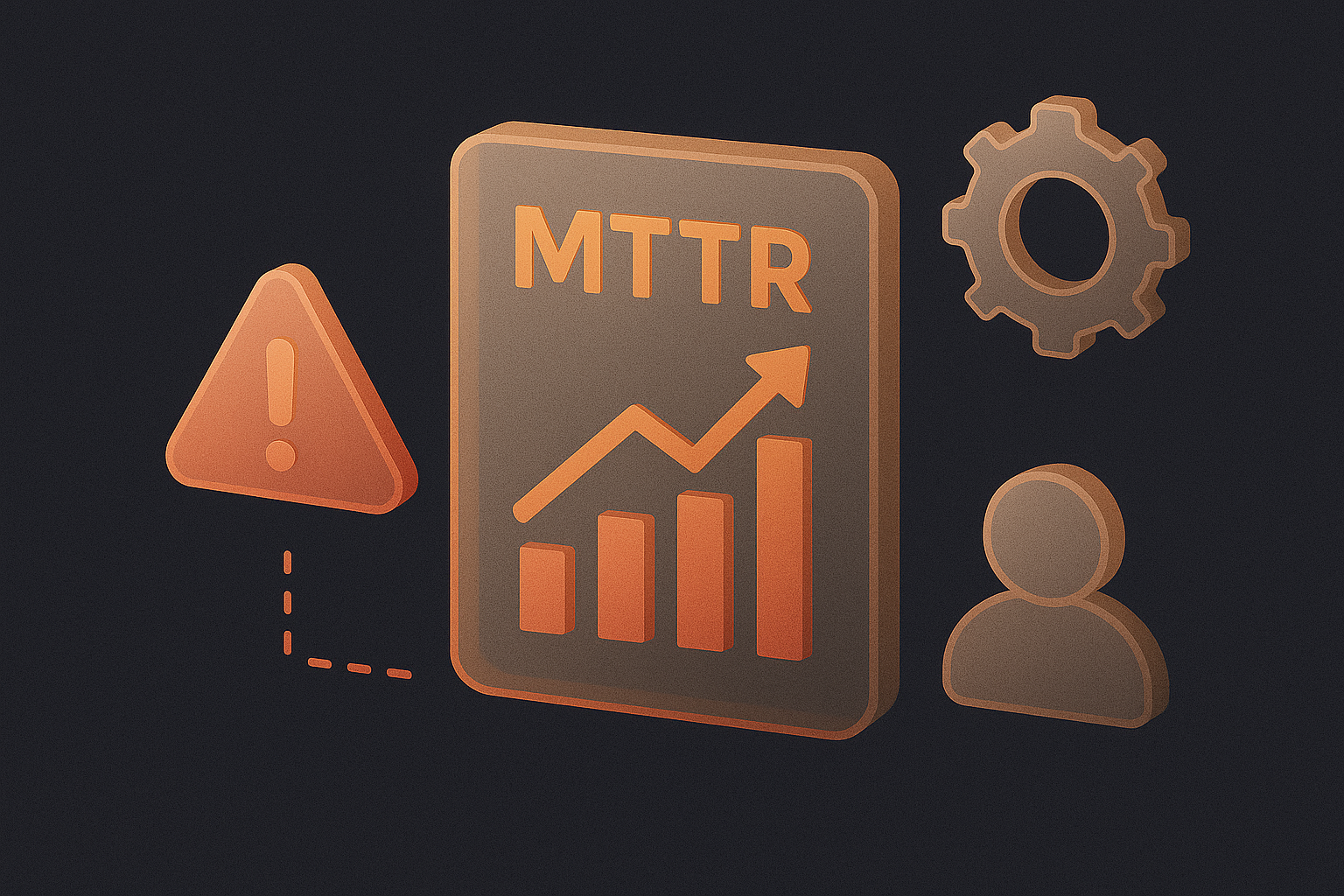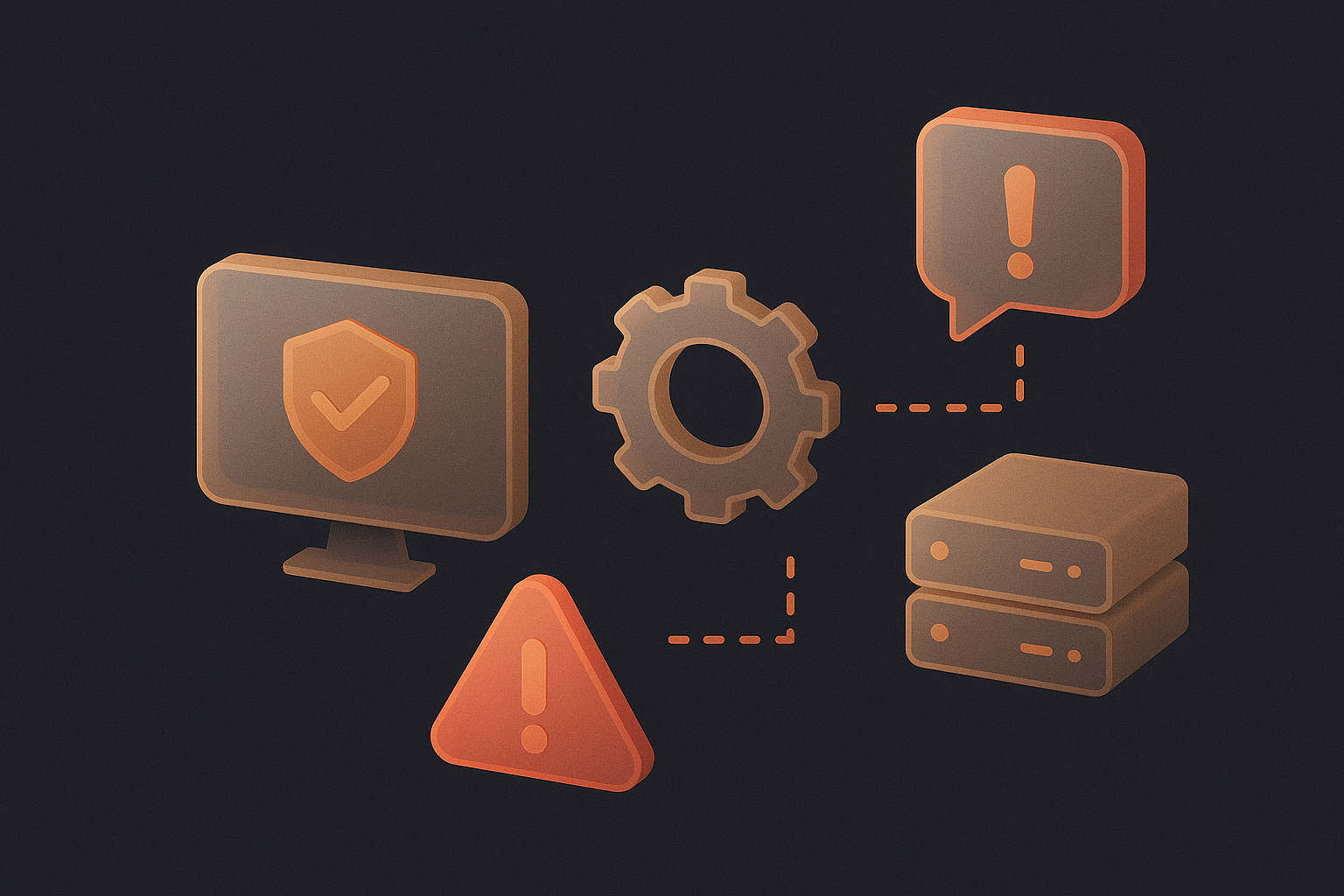In today’s complex IT environment, clients demand quick, reliable services. To accomplish this, businesses have begun leveraging automation solutions to reduce response times and increase reliability, enabling staff to focus on strategic initiatives that drive business growth.
However, many MSPs struggle to build an effective automation strategy and need help, making it challenging to remain competitive in the modern marketplace. This blog aims to provide guidance and highlight some critical strategies for MSPs looking to build an automation strategy.
Why Automation?
With automation, a business can massively reduce the need for human oversight and reduce human errors, enabling all teams to improve response times and enhance service delivery consistency. These automatic processes will have a net positive effect on the entire organization and allow teams to focus on projects that will boost the profitability and growth of the business.
Here are a few key reasons every MSP should consider introducing automation into their workflows:
Patch Management
Automatic patch management tools allow users to schedule and verify patches across multiple systems simultaneously, ensuring updates remain consistent and reducing vulnerabilities and compliance risks.
Backup Scheduling and Management
Intelligent systems allow businesses to protect and streamline data protection processes by performing backups during off-peak hours, reducing data loss risks, and ensuring optimal efficiency for all teams.
Proactive Monitoring and Alerts
Automation can immediately identify and triage system anomalies for monitoring tools and send alerts to priority users via multiple channels (email, SMS, app notifications) before they snowball into major problems. You can also escalate notification & identification processes automatically, allowing teams to enhance system uptime and improve client satisfaction.
Noise Reduction
Automated noise reduction filters out non-essential alerts and reduces alert fatigue, allowing MSPs to focus only on critical incidents that require immediate attention.
On-Call Scheduling
Automated on-call scheduling optimizes coverage across different time zones, ensures fair rotation among team members, and minimizes scheduling conflicts.
Implementing Automation in MSP Services
Regarding integrating automation into our tech stack, we want to assess and examine potential tools through the lens of long-term alignment. Factors like scalability, security, support, and alignment with client needs must mesh with your business goals to ensure any automation doesn’t demand more manual oversight than necessary.
To accomplish that, here is a high-level path to follow when adding automation to your system:
Integration Strategies
Use pilot programs and phase testing to verify full compatibility before fully introducing automation into your daily workflow. Be sure to perform testing with relevant users and create more accurate training for technical staff to ensure a smooth transition.
Managing the Transition to Automated Systems
A company-wide shift can be challenging, so providing resources for staff training, adjusting service level agreements (SLAs), and effectively communicating changes to clients is critical to creating a smooth adjustment.
Overcoming Challenges with Automation
Continually update training manuals and be ready to adjust KPI goals during this process. Full integration may take several months, so productivity may drop as teams adapt to the new processes. Additionally, retrain and redeploy impacted roles to retain top talent and assuage concerns about job security and shifting responsibilities.
Maintain a Personal Touch
While automation can massively improve response rates and streamline internal processes, most customers still prefer a human touch, so avoid depersonalizing services and impacting the customer experience.
The Impact of Automation
When first introduced, automation will have a noticeable impact on business processes. When measuring automation effectiveness and areas for improvement, it is essential to identify KPIs like operational cost savings, improved response times, and increased client retention. Other metrics, like reduced labor costs and increased revenue, can be used to calculate ROI as your team begins handling more clients or offering enhanced services.
As automation tools continue to improve, new opportunities will exist to enhance your business processes, further shifting MSP service models. Though automatic customer responses and alert triaging seem novel now, the potential for self-managed alert platforms and fully managed AI automation will offer even more possibilities for market growth for MSPs.
At this critical juncture, evaluating how your business will leverage automation is essential. The ability to enhance efficiency, reduce operational costs, and increase profitability, notwithstanding, automation will become a core component of any tech stack in the next few years. We recommend engaging with automation solutions early to stay ahead and continue providing outstanding service.
Visit Alertops for More Information.



